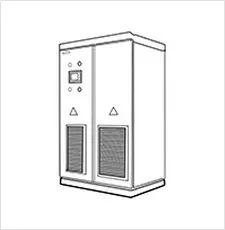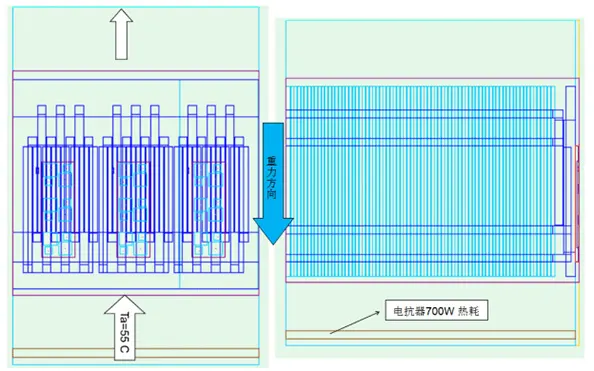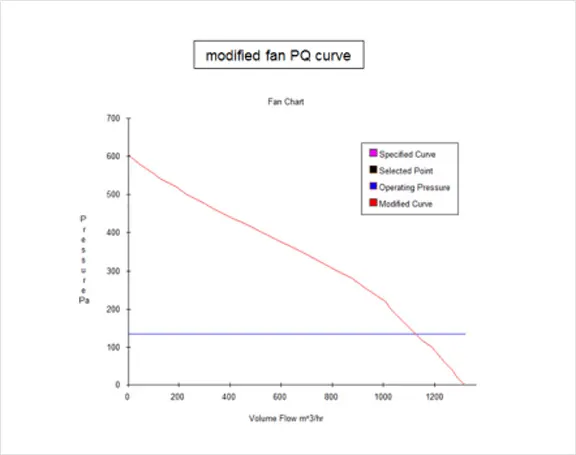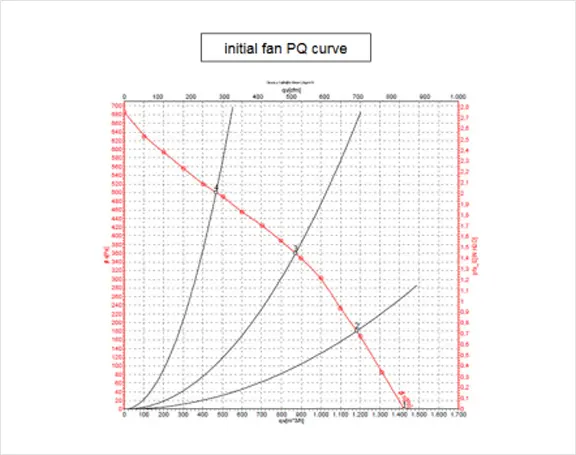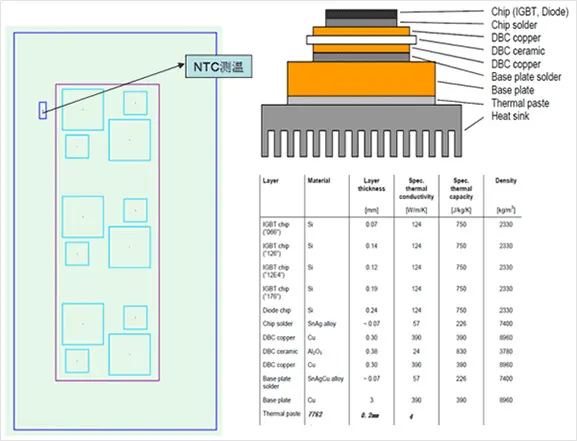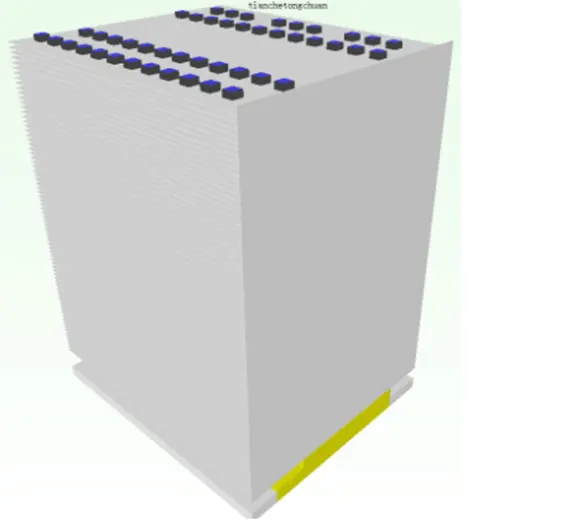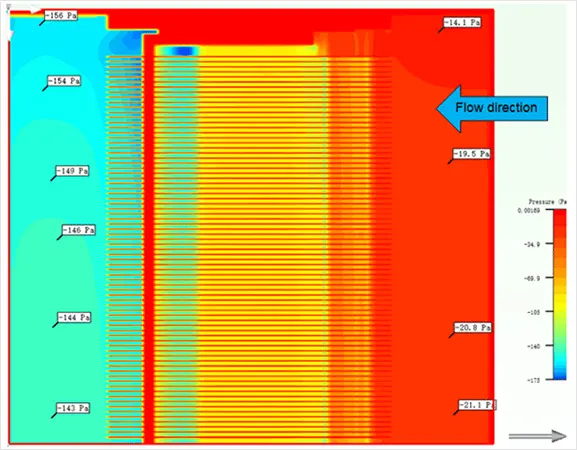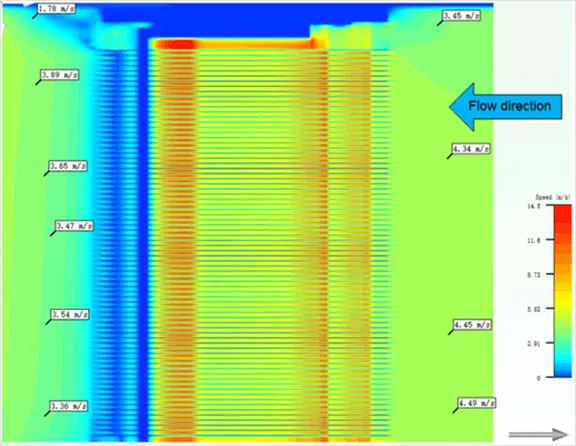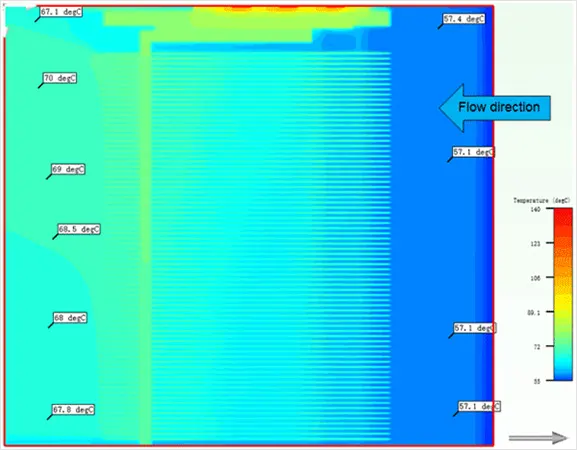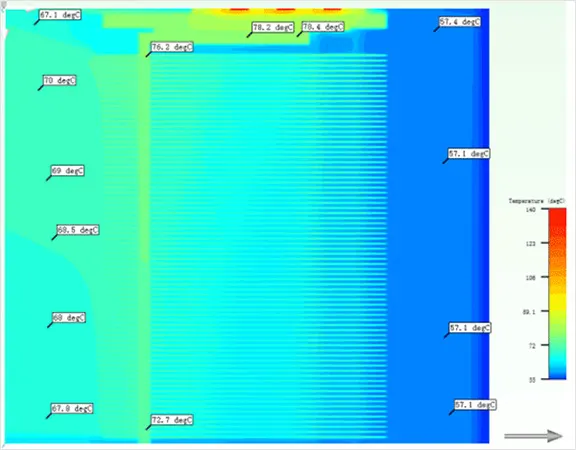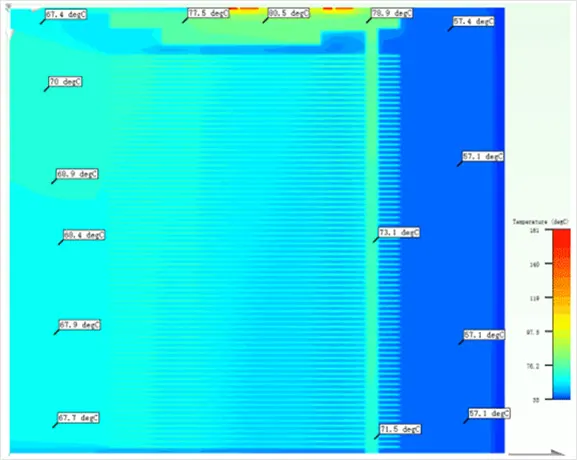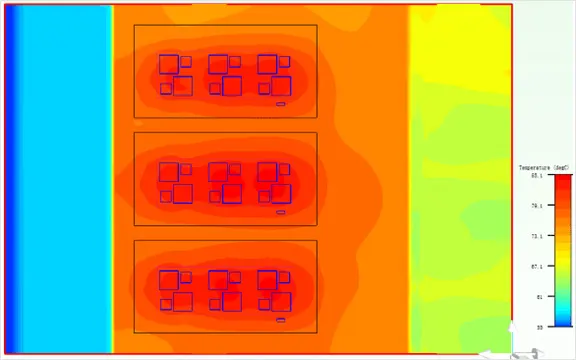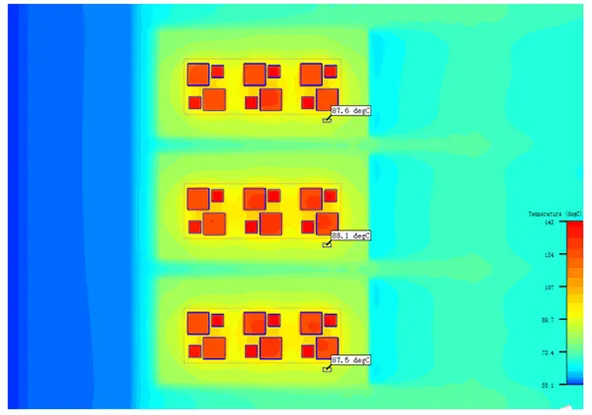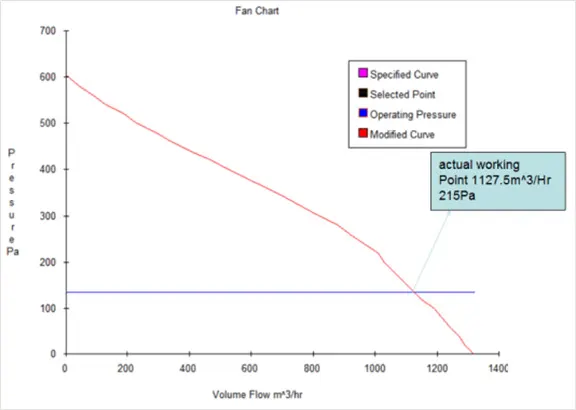Inverter is also called power regulator. The process of converting DC power into AC power is called inversion. The circuit that completes the inverting function is called inverting circuit. The device that realizes the inverting process is called inverting equipment or inverter. In solar power generation system, the efficiency of inverters is an important factor to determine the capacity of solar cells and storage batteries. The failure of photovoltaic inverters will lead to the shutdown of photovoltaic system, which will directly cause the loss of power generation. Therefore, high reliability is an important technical index of photovoltaic inverters.
The good heat dissipation of photovoltaic inverters is an important condition to ensure its high reliability. Therefore, at the beginning of the design of the inverters, the heat dissipation simulation test has become the first consideration of photovoltaic inverters manufacturers. Tongyu Thermal Power is a professional high-power heat sink plant in China. It has first-class thermal design and development team, reliable thermal simulation and thermal testing capabilities. It has carried out technical cooperation on heat dissipation of inverters with many domestic and foreign photovoltaic inverters manufacturers to provide professional technical support for heat dissipation.
The good heat dissipation of photovoltaic inverters is an important condition to ensure its high reliability. Therefore, at the beginning of the design of the inverters, the heat dissipation simulation test has become the first consideration of photovoltaic inverters manufacturers. Tongyu Thermal Power is a professional high-power heat sink plant in China. It has first-class thermal design and development team, reliable thermal simulation and thermal testing capabilities. It has carried out technical cooperation on heat dissipation of inverters with many domestic and foreign photovoltaic inverters manufacturers to provide professional technical support for heat dissipation.






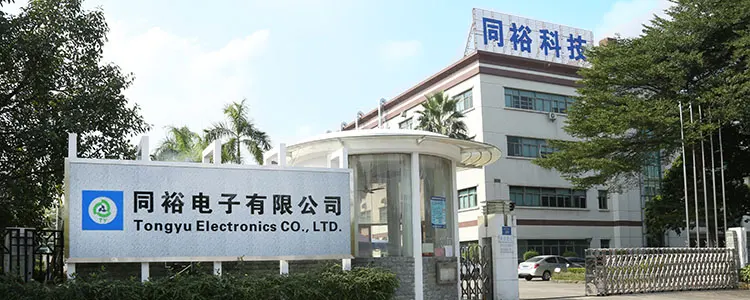
 Current Location:
Current Location: